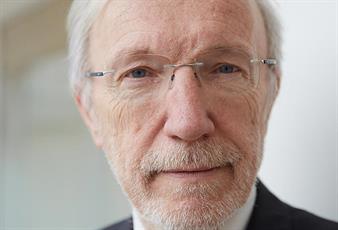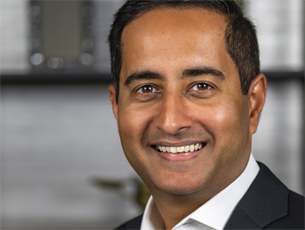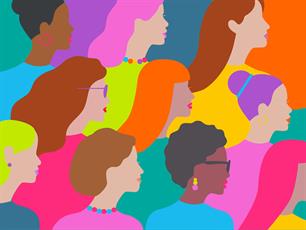Diana Marszalek 22 Feb 2018 // 7:06AM GMT
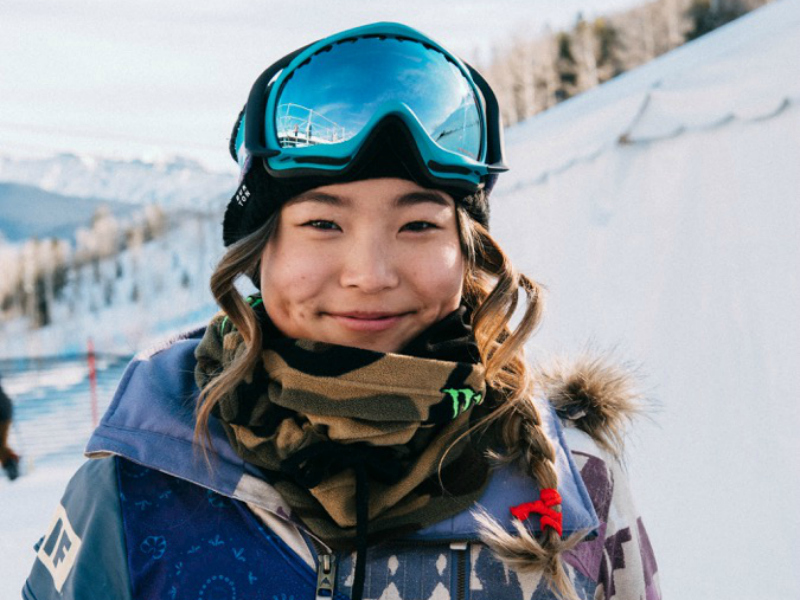
No doubt that long after the Winter Olympics wrap up Sunday, we’ll be seeing plenty of Chloe Kim (pictured), the teenage snowboarding phenom who played it perfectly tweeting about being hungry going into a gold medal-winning halfpipe run. Her sponsors — Toyota and Nike among them — will make sure of it.
The future is also looking bright Red Gerard, another 17-year-old snowboarding whiz, who nabbed a sponsorship from Burton at age 11, and went into the games well-backed by Mountain Dew, Oakley and Comcast. As for whether Chris Mazdzer, who, for a blip, was an Olympics superstar by winning the US’s first ever medal in men’s single luge, has a Wheaties box in his future? Not the same slam dunk.
“There are three things we look at — relevance, reach and resonance,” said Taylor managing partner John Liporace, explaining what goes into selecting Olympians to be brand ambassadors. “That doesn’t mean they have to have massive scale. But they do have to be able to reach the type of audience you want to reach.”
In many ways, that has always been the case. Only today, when it comes to brands and athletes striking sponsorship deals, the stakes are not only higher (a gold medal, worth less than $600 in scrap, turns brand-worthy winners into multimillionaires), but what goes into developing, striking and sustaining those relationships are decidedly more complex — and on a multitude of levels.
Among the reasons: social media.
Social Media Shifts the Burden
According to Liporace, social media — primarily the presence athletes cultivate on it before ever hitting the Olympic ski slopes, swimming pool or track — is among the biggest new factors that brands use when it comes to selecting athletes to sponsor.
“The landscape in terms of contracting any sort of talent to speak on behalf of your brand has really changed a lot over the years from contracting athletes for only ads or PR campaigns, to now contracting them for the social media value,” he said.
For brands, doing that involves delving deep into athletes’ digital presence, using a breadth of tools and analytics to what those potential brand ambassadors are saying, to whom they are saying it and whether they have sway with whoever is out there listening. “We are not always looking for the A-list celebrity with the largest social following. We may be looking for a person, or people, who are influential on a specific topic or specific category,” he said.
That, to some degree, puts the onus on athletes seeking sponsorships to do the legwork in cultivating virtual fan bases well before they are ready for prime time. In fact, it’s such a heavily weighed factor that even athletes who could be good fits for brands are taken off the table if they aren’t socially active, Liporace said.
The payoff, Liporace said, is seen in brand feats like the one Gillette had during the London 2012 Olympics, which the brand had contracted with swimmer Ryan Lochte to be the face of the brand during the games.
“We saw that his propensity for bling was generating a lot of media coverage and social conversation. So, while in London we decided to create a diamond-encrusted, gold-plated razor and gift it to Lochte,” he said. “We let him showcase it first on his social channels, and several media outlets then covered it. If you can find a way to authentically connect your product to the personality of your spokesperson that’s when you begin to drive meaningful conversation about your brand.”
It also is impetus for them to behave. What athletes say on social media, and how they interact with fans, are heavily factored into brands’ vetting process, Liporace said. In addition, digital media has made it much more difficult for athletes to skirt, mishandle or cover up any infractions — and can cost them big-time.
Taylor and Gillette’s approach worked well in 2012, but things were very different for Lochte four years later. Speedo, Ralph Lauren, Airweave and Gentle Hair Removal dropped him after he admitted to “over-exaggerating” an armed-robbery claim during the 2016 Olympics in Rio. More recently, Shaun White, the US snowboarder who is a full-fledged brand in his own right experienced his own downfall. Despite his recent wins, including nabbing the US’s 100th Winter Olympics gold medal, White’s multiple sponsorships could be in jeopardy now that news of a 2016 sexual harassment suit has surfaced.
The Impact of Rule 40
Other challenges include the International Olympics Committee has made it hard for lower-profile athletes who aren’t aligned with the games’ worldwide sponsors going into the event to leverage momentum, said Jared Weiss, founder of the agency Starpower.
Rule 40 hands official sponsors — mega-brands like Toyota, Coca-Cola and Visa — exclusive rights around advertising during the games. In 2015, however, IOC relaxed these rules allowing for athletes to advertise (including tweet) with non-sponsors, as long it includes no Olympic intellectual property (which is fairly broad — it includes the rings and words like “games” and “gold”). But it’s still pretty challenging to navigate and there are plenty of critics of the rule.
What that means is that while you might see skier Lindsey Vonn tweeting about one of the brands she endorses, the Olympics worldwide sponsor P&G, during the games, she won’t be talking about another, Under Armour, until March. The time restrictions on either side of the Olympics also means that a lesser known athlete, like Mazdzer, could be forgotten by the time he has the opportunity to leverage his win.
“The elite of the elite is ever green,” Weiss said. “But the next tier down, who may be amazing athletes, have a very small marketing window from which they have to maximize from a brand standpoint.”
Adding to the challenge, other than big-name skiers, snowboarders and skaters, winter Olympians generally don’t have the same draw that summer Olympians do, making them a harder sell to brands, Weiss said. In addition this year, the 14-17 hour time difference between the US and PyeongChang, South Korea, where the Olympics are taking place, isn’t doing athletes any favors when it comes to garnering the kind fan following that live sports viewings breeds.
Yet, athletes like Kim have plenty of people, from brand and personal PR reps to agents and managers and the like, ready and waiting to capitalize on their wins once the games themselves are said and done.
Jeff Raymond, a Rogers & Cowan EVP who reps Kim, said his agency’s job acting as Kim’s personal PR operation is a multi-faceted task that involves promoting Kim, the athlete, but also working with the host of brands that have signed onto her.
So when, say, Raymond garners press for Kim including a photo spread, you can bet she’ll be wearing her Oakley goggles and Burton helmet, and working with the legions of Kim-related reps that want to bolster her package.
“We represent the athlete and what comes with the athlete,” he said. “They are basically walking brands.”
Photo Credit: Dean Blotto Gray



































.jpg)



.jpg)
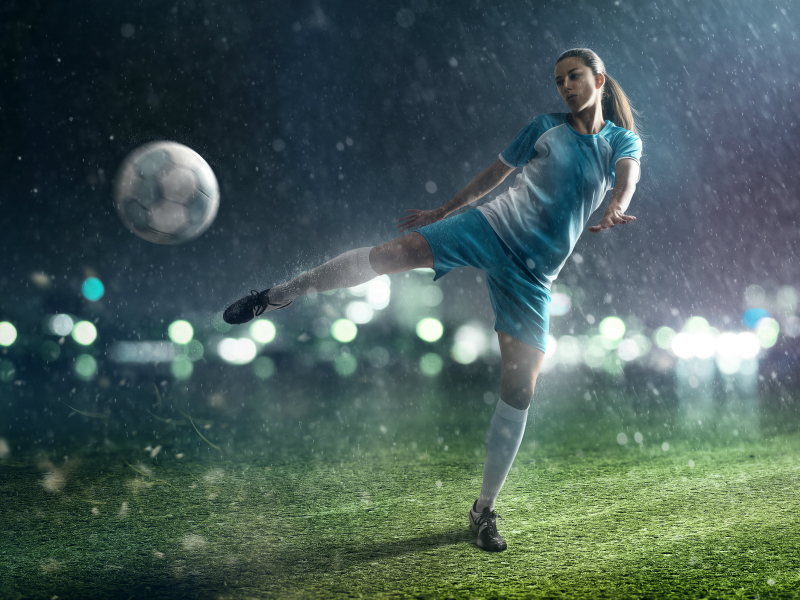
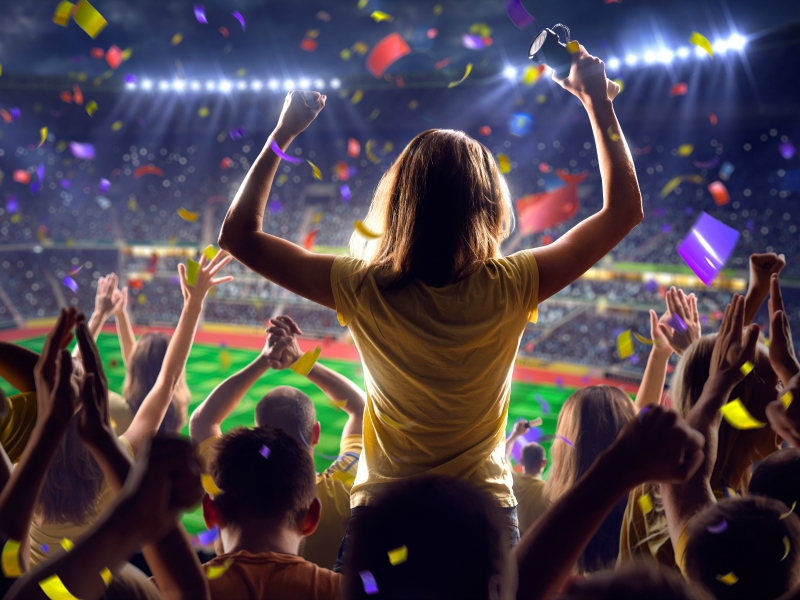
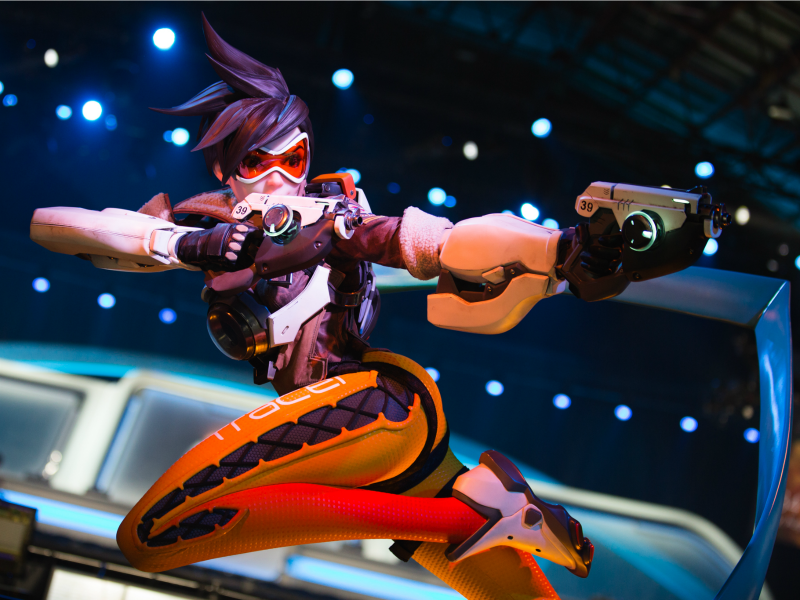
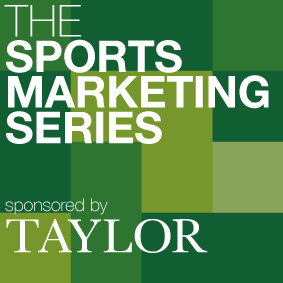


.tmb-135x100.jpg)









